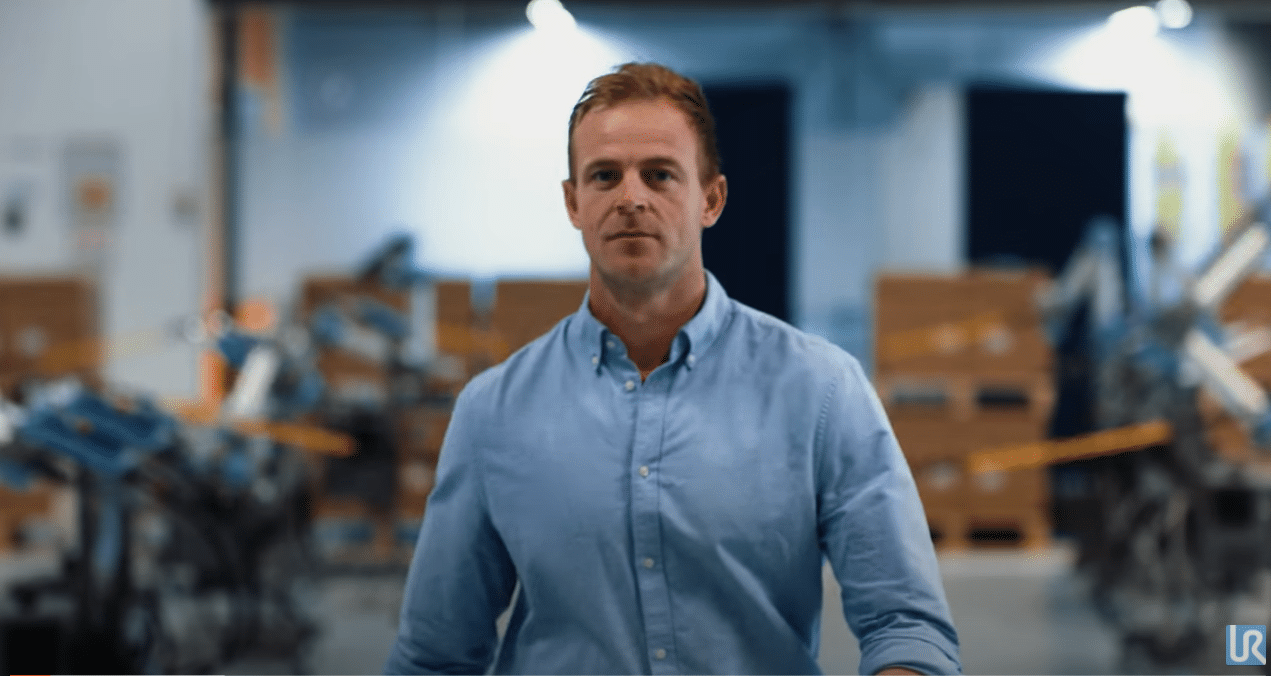How to Approach Collaborative Applications
Deploying costs is one of the easiest and most cost-effective ways of introducing automation into your production facility.
However there are some key areas to investigate before you take the plunge. This guide is designed to help you with that process and to ensure your deployment goes as smoothly as possible.
Identity
Review your current processes and identify where Cobot deployment could benefit you. Talk to your employees, engage with them and find out what processes could be improved through automation.
There are many ways to do this, but you need to find out what is your driver. One of the ways we look at this is by reviewing the three D’s:
-
Dirty – Jobs that create an undesirable environment for the operator. This could be strong smelling adhesives, dust or even cutting fluids.
-
Dull – Repetitive and boring processes often prove the quickest win for Cobot deployment. Not only can you have your staff adding value instead of being a robot themselves, but it’s one of the easiest ways to empower your staff to get on board with robotics.
-
Dangerous – One of the key areas here is RSI – It’s estimated that 4.7million working days in the UK were lost in the UK due to RSI. Protect your staff, create a better environment and they will work happier and more fulfilled.
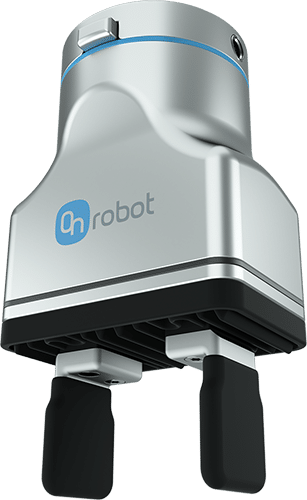
Of course those aren’t the only drivers, some other areas to consider are:
-
Increased efficiencies – Cobots don’t call in sick, they don’t stop for lunch.
-
Lights-out working – Load up before you leave and gain production time.
-
Growth – Increase your throughput without increasing your overheads.
-
Quality – Build in automated quality checks throughout your process often without reducing cycle time.
-
Consistency – Cobots are consistent and accurate, for example they will dispense the amount of glue in the same pattern every time!
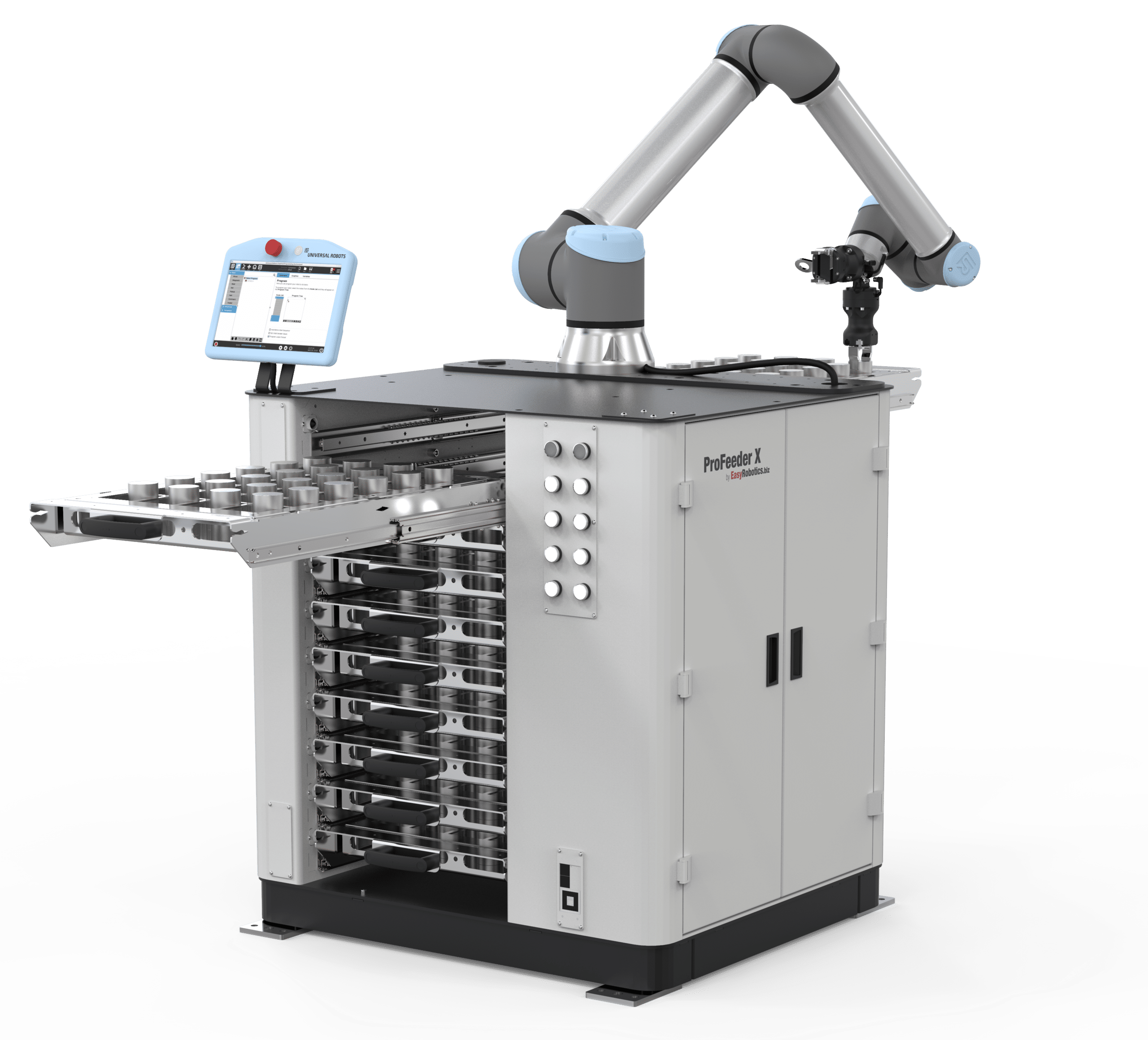
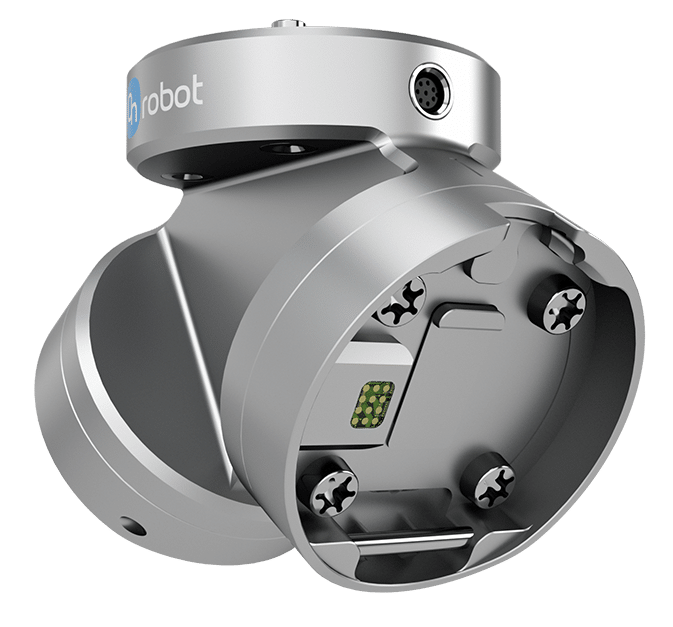
Justify
There are many ways to look at ROI when considering Cobots. In applications where you are implementing a Cobot for safety reasons, there might not be the same financial drivers as implementing one to grow your output.
When looking at and calculating your ROI it’s extremely important to consider the full system cost including:
-
Robot
-
Tooling
-
Stand/Frame Mounting
-
Training
-
Time to Implement
-
Total time to Deploy (From Consideration to Production)
It’s also really important to include lost time from production staff.
No production staff spend 100% of their available time on the process and there are often hidden costs and time involved.
-
Time & Cost to Train
-
Sick Days
-
Holidays
-
Associated Costs - Pensions, Healthcare, Parking, Facilities etc
-
Breaks
-
Staff Turnover
Calculate the available hours and look at the amount of parts created, this will give you a better indicator of the cost per part. This might also help identify inefficiencies from your processes.
Finally, a Cobot deployment doesn’t have to be a capital outlay. We have many finance options available – visit the leasing page to find more.
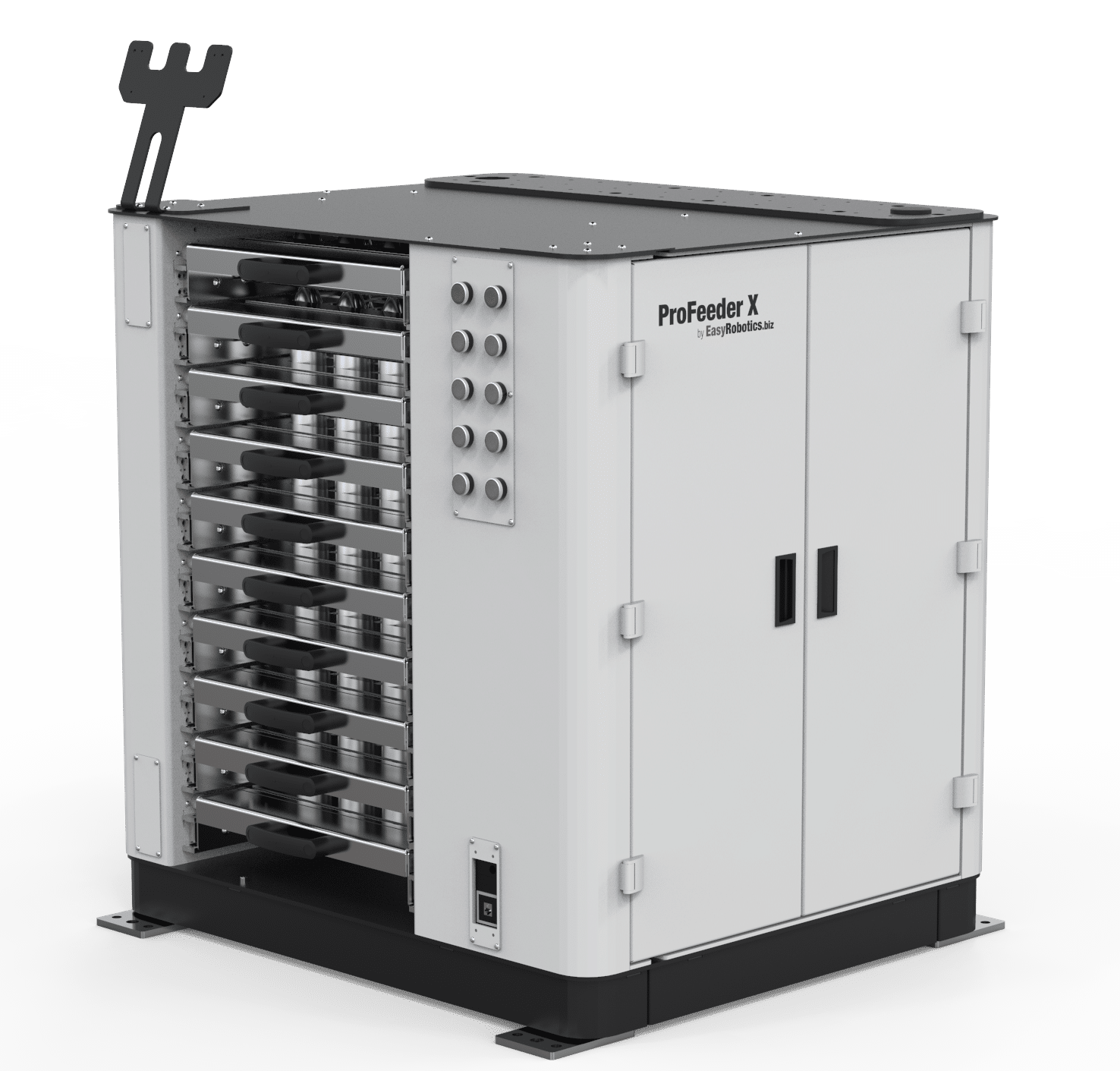
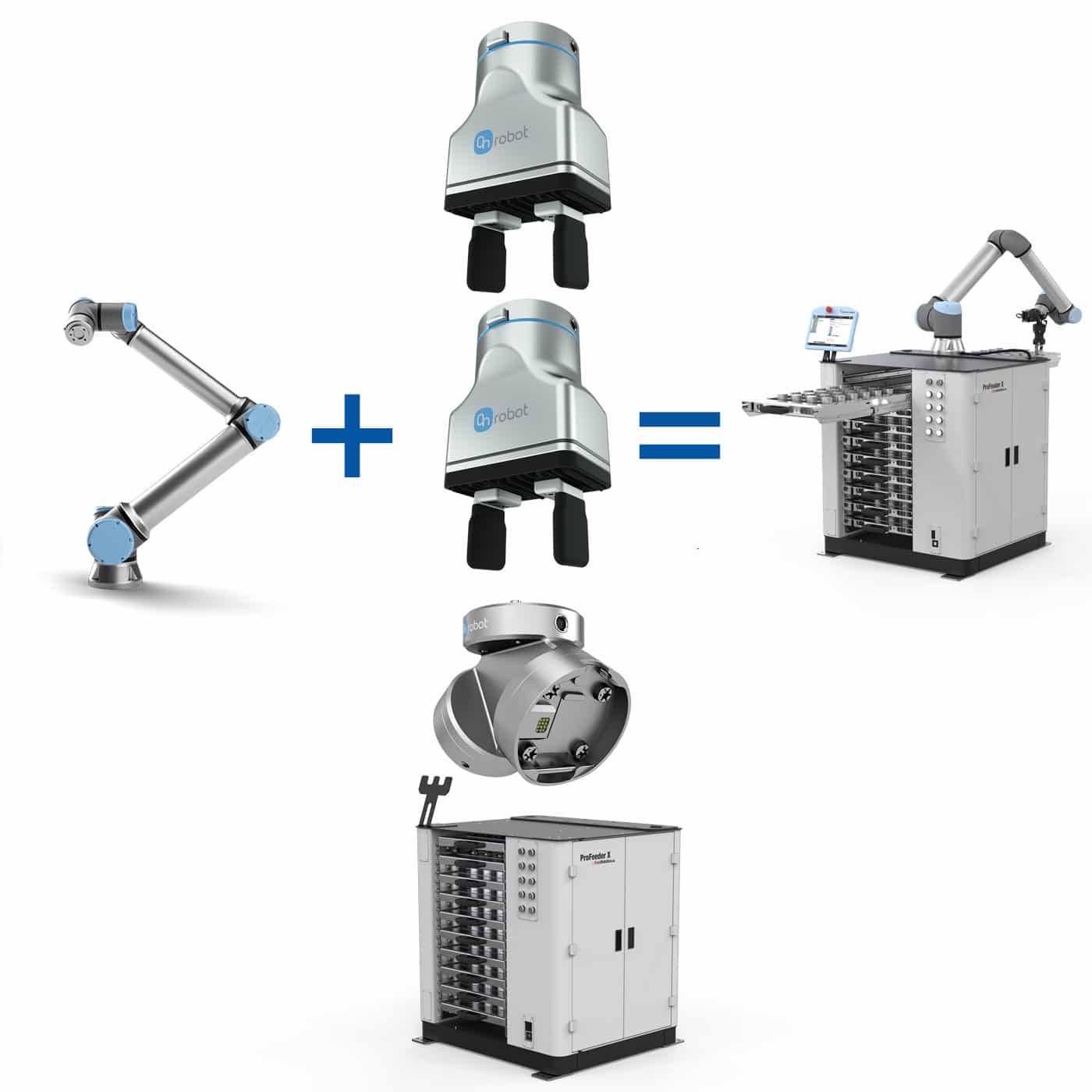
The Ideal Cobot Deployment
Application
Once you have identified your application and understand your justification, it’s time to look at the system to get an understanding on how you will approach this.
At WMH Robotics, we are here to support you through the process and provide you with as much knowledge as possible.
The key to deploying a successful collaborative application is to keep the system as simple as you can and utilise "off-the-shelf" equipment where possible.
By doing this, you are reducing the deployment time, and the need for bespoke equipment which can be very expensive and are creating a robust, tested application.
-
Largest Dedicated Cobot Showroom and Application Lab in the UK so you can "try before you buy". Bring your product and we will do the proof of concept together.
-
Proof of Concept – prove key parts of the application to build confidence.
-
Dedicated Sales & Support Engineers – to guide you through the process and address any technical queries.
-
Post-sales support – to ensure your investment remains running and efficient.
-
Site Visits – to help you identify areas of deployment.
Deployment
Once you have identified, justified and worked out your application it’s time to deploy your collaborative solution.
If you have involved your staff this process with be easier as they will already be on-board with how the robots can benefit them.
Be sympathetic and encourage them that this deployment will help the company grow and be more efficient whilst making their job more rewarding and skilful.
Due to the nature of Cobots, tweaking your application once installed will be easy, some time reviewing the setup and process will help you make it even more efficient in time. You can look at optimising paths, adding some inspection/quality checks and even training up your production staff to empower them.
Another great feature of Cobot deployment is that it is extremely flexible. For example if where you installed the Cobot, you lost orders, it’s extremely cost-efficient to be able to move it to a different process. You might need some tooling and to re-program yourself, but this is flexibility that isn’t commonly found with fixed or industrial automation solutions. Ultimately this provides you with a flexible automation solution which can be adapted to your growing business.
